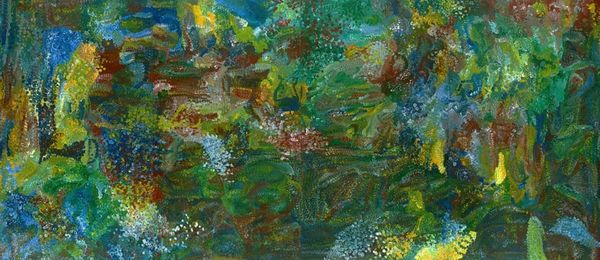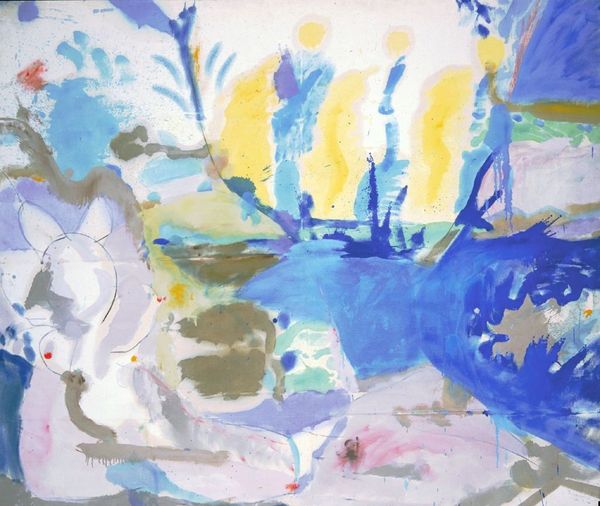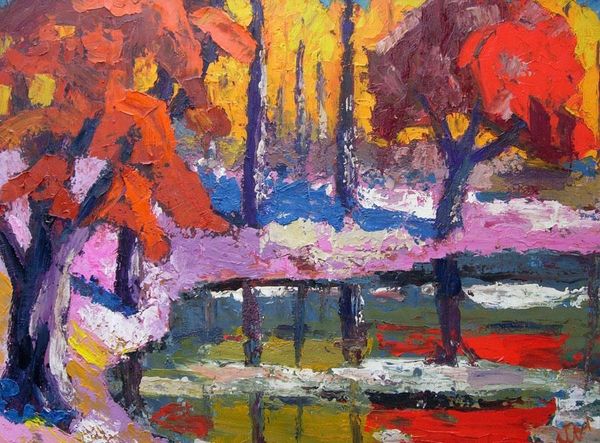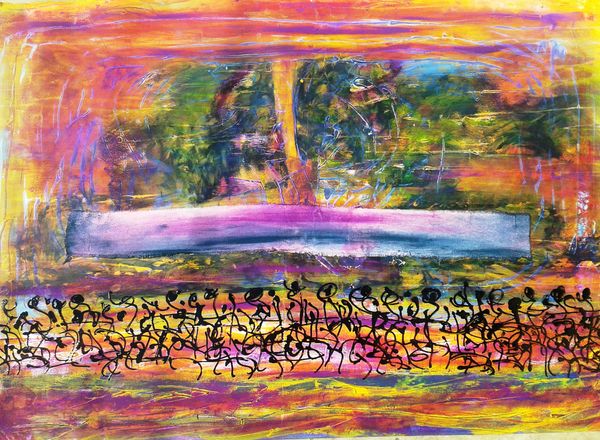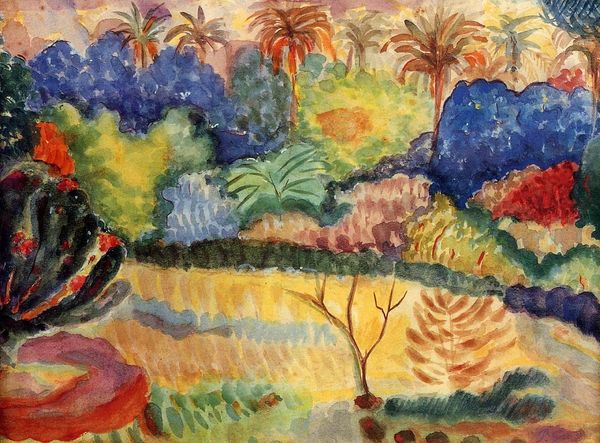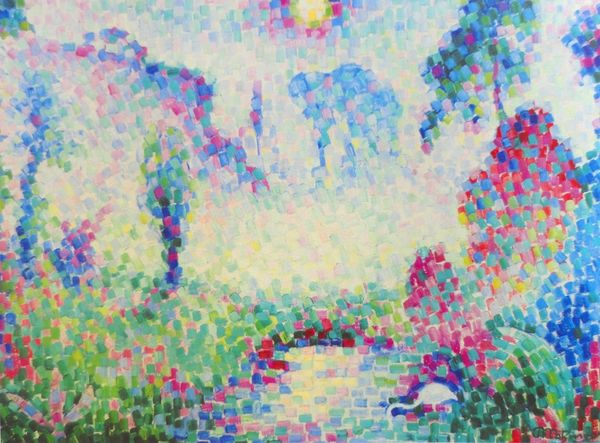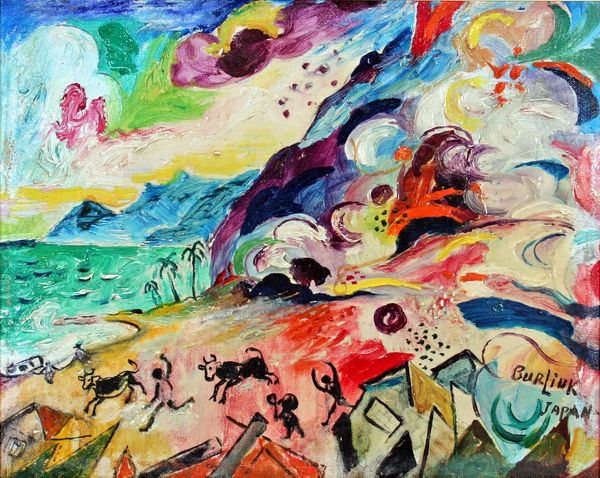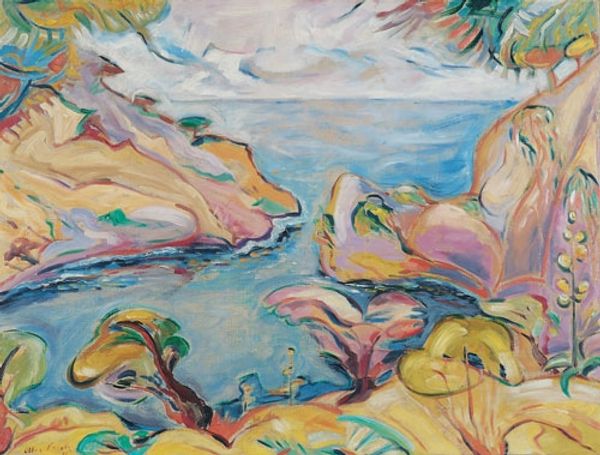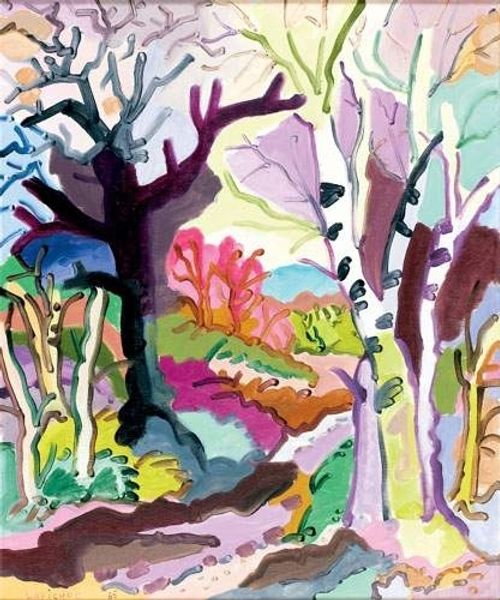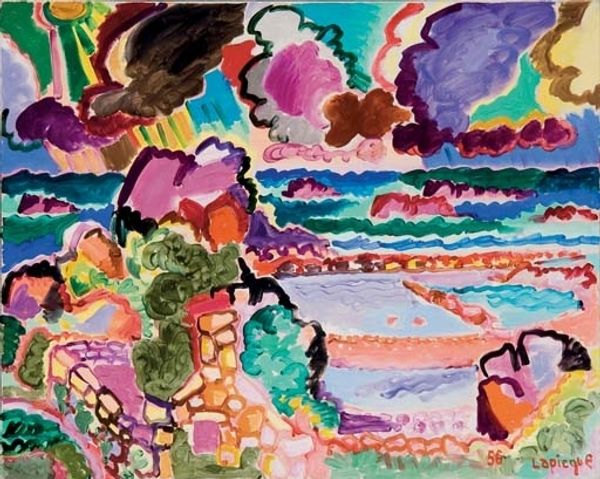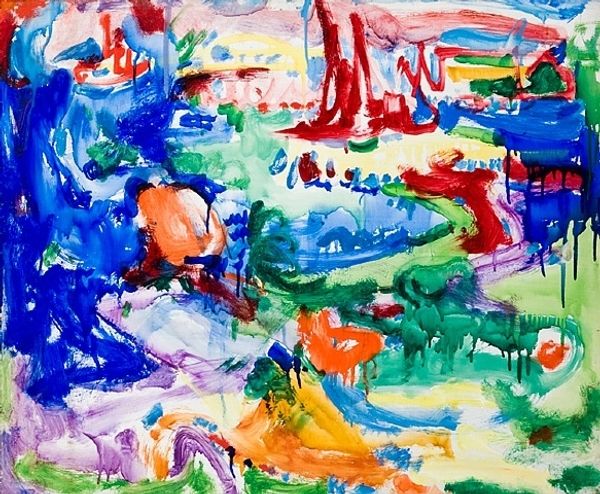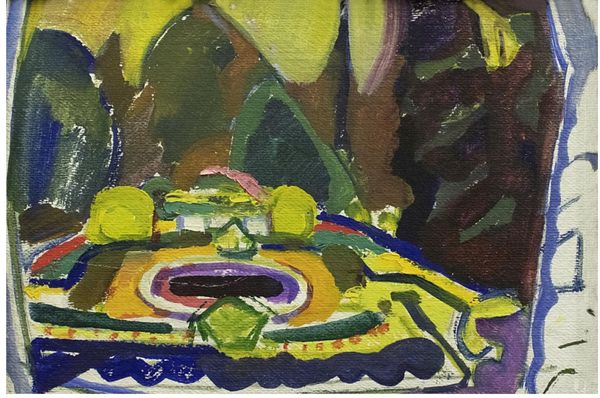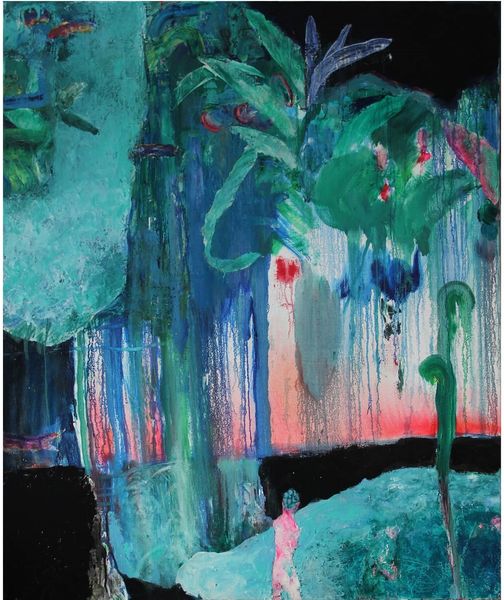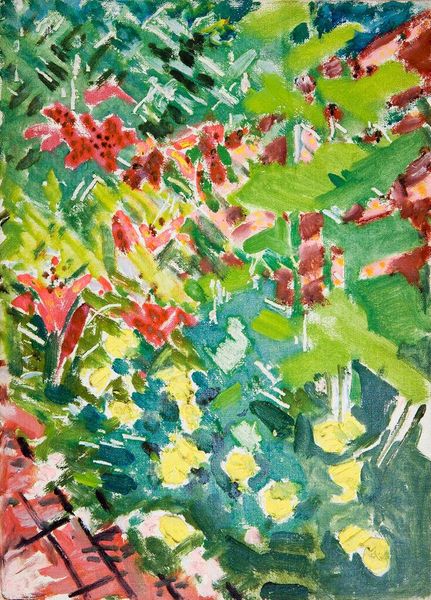
painting, oil-paint, impasto
#
fauvism
#
fauvism
#
painting
#
oil-paint
#
landscape
#
figuration
#
impasto
#
geometric
#
plant
Copyright: Public domain US
Editor: Jean Metzinger's "Les Ibis," painted in 1907, is a vibrant oil painting, thick with impasto. I’m struck by how the colours practically vibrate, it’s quite intense! What do you see in this piece? Curator: Well, from a historical viewpoint, this Fauvist work stands at a fascinating intersection. The bold, non-naturalistic colours clearly mark it within that movement, which was a deliberate rejection of academic art and its conservative societal values. How do you think this imagery challenges conventional depictions of nature at the time? Editor: I guess the bright colours feel quite revolutionary; it’s definitely not your typical subdued landscape! Curator: Exactly! The Fauves aimed to liberate colour, imbuing it with emotion and personal expression. Beyond the aesthetic shock, though, think about the implied audience. These works were exhibited in spaces like the Salon d'Automne, frequented by a rising bourgeoisie, hungry for novelty but also shaping artistic trends. It's a negotiation of taste, isn't it? Editor: That makes sense. So the painting is not just about the ibis, but about the society viewing it. Curator: Precisely! And how the art world at that moment embraced -- or perhaps warily tolerated -- this artistic audacity. Were these artists truly challenging the establishment, or merely providing it with a colourful distraction? Editor: That's a lot to unpack. It's given me a different lens through which to consider this vibrant scene. Curator: Indeed, seeing art as embedded in, and shaped by, its time adds layers of meaning to every brushstroke. Thanks for helping to reshape my perception.
Comments
No comments
Be the first to comment and join the conversation on the ultimate creative platform.
